Written by John Hertig on The Prepper Journal.
Editors Note: Another guest contribution from John Hertig to The Prepper Journal. As always, if you have information for Preppers that you would like to share and be entered into the Prepper Writing Contest with a chance to win one of three Amazon Gift Cards with the top prize being a $300 card to purchase your own prepping supplies, then enter today!
It seems that everybody (or nearly everybody) has heard of the “BOB” or “Bug Out Bag“. Some may have heard of other “bags” and concluded they are all the same. They are similar, but not the same. The “bags” we will consider are:
EDC – Every Day Carry
GHB – Get Home Bag
GOOD – Get Out of Dodge bag
BOB – Bug Out Bag
INCH – I’m Never Coming Home bag
and
Survival Kit
The Rule of Threes
Whenever thinking about survival, it is good to keep the “Rule of Threes” in mind. This is a set of guideline about what can kill you fastest, and provides a guide for the priority of survival equipment and tasks. Simply stated, this is:
In any extreme situation, a person usually cannot survive for more than:
– 3 minutes without air (or blood circulation or with arterial bleeding)
– 3 hours without shelter
– 3 days without water (or treatment for some medical conditions)
– 3 weeks without food
Note that lack of food will kill you just as dead as lack of air; it just takes longer. That does not mean that considering food in your survival planning or tasks should not be done, just that it should not be done first. Also, this is not a guarantee. Depending on conditions, these problems could kill you sooner, or even later. Again, this is merely a guide to priorities to be used in choosing equipment and supplies in advance of need, and scheduling tasks in an emergency situation.
Note that “darkness” is not on the list as a killer, but it kind of should be. Not because darkness itself can harm you, but not being able to see what you are doing or where you are walking can kill or harm you. A source of light should be high in every list of survival supplies.
Survival Kits
These are designed for PERSONAL emergencies, not major disasters affecting a large number of people. As such, they should have a significant focus on signaling for help. With good signaling capability, usually this situation will only last for a day or two, so your primary focus is on severe bleeding and shelter, with water and other medical supplies secondary. Food should be a distant third priority.
A survival kit can fit in your pocket if there is very little chance you’ll need it (around town), in a belt pack if you are close to civilization, or in your backpack when you are really heading into the wilds. In addition to light and signaling, it should include something which can be used to stop severe bleeding, and a way (better is a couple of ways) to start a fire and a basic sewing kit. As space permits, add a “space blanket” or even better “bivy”, other materials to aid in building shelter from the elements, and then water purification tablets and a container to use them in, or a container in which to boil water. And so on, until the likely scenarios are covered, or you reach your size goals.
Every Day Carry
This is what you “Carry” on your person “Every Day”, or at least whenever you leave your house. It is not so much a “survival kit”‘ as a “life kit” with survival applications. For more details, see the article on EDC.
Get Home Bag
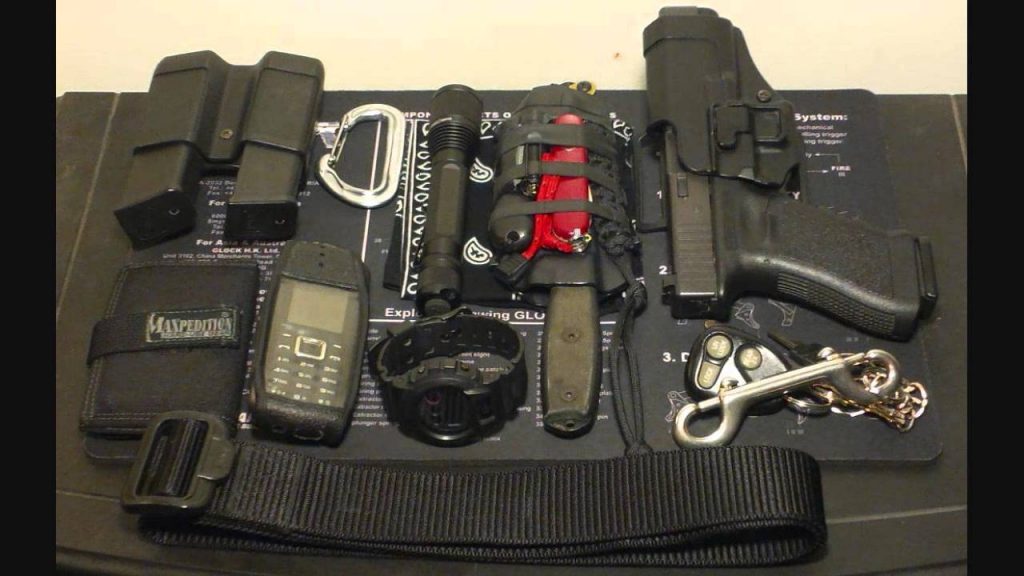
If you are at work or shopping or otherwise not at home when disaster strikes, everyone in your family should have getting home as a priority. That is where your primary preparations, or your means of getting to your primary preparations are located. It is also a place where your loved ones are or can be. You may be able to get in your car and drive home, but don’t bet your life or your family’s lives on that. The car might not work, or the roads may be jammed or the bridge might be out. You may need to “hoof it” home, and if you are not dressed or equipped for that trek, your odds of succeeding will be lower.
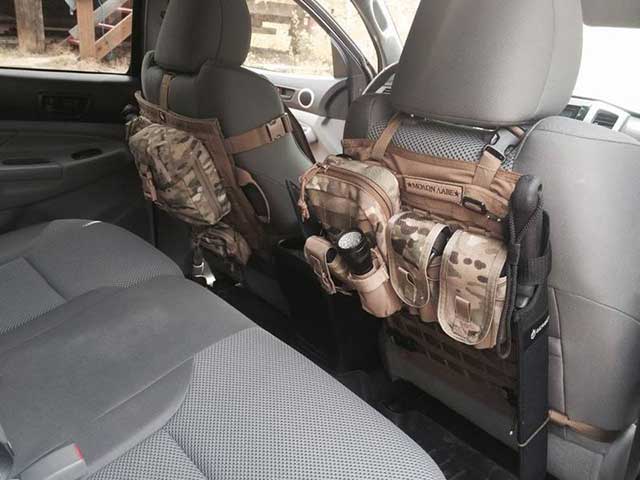
In the car is a good place for your GHB. This will contain or be with the clothing and shoes you need to walk home in the most severe conditions likely, as well as PPG (Personal Protection Gear – air filtration mask, goggles, gloves and weather specific gear), an appropriate survival kit, and to the degree practical, defensive weaponry. The survival kit need not be heavy on signaling gear, as in a wide-spread emergency, the odds of getting help are lower then usual, and the odds of attracting predators is increased. A key aspect of your GHB is “knowledge” – knowing several routes home from wherever you happen to be, knowing which areas to avoid (gang territory, nuclear or chemical plants, flood or fire hazards and so on) and likely “choke points” where the disaster or human action can cut off or restrict travel.
Bug Out Bag
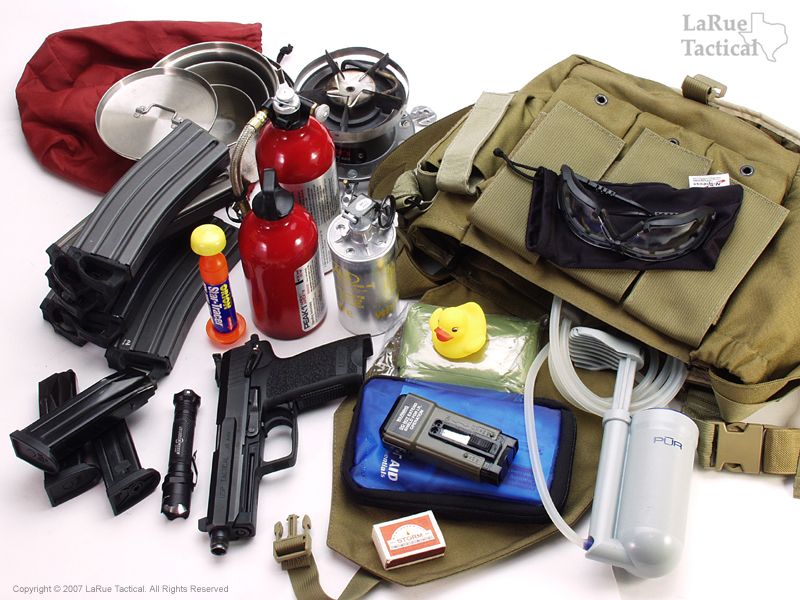
A lot of people talk about “bugging out” if there is a disaster. And the bag of equipment and supplies they plan to take with them is called a BOB. The problem is that many of these people don’t know the actual definition of “bugging out”. It was originally a military term describing what happens when a position is in danger of being overrun by the enemy. The personnel at the position are moved from there to another position which is currently safe(r). The key here, is not the “leaving” but the having a safer destination. Thus a “true” BOB is designed to specifically get you from where you are bugging out from, to where you are bugging out to. You may be able to do it by vehicle, in which case you can carry a lot more stuff. In case you can’t go by vehicle or your vehicular movement is permanently interrupted, you should have an actual BOB, usually a backpack, which you can carry as you walk to your bug out location. Ideally, you have supplies at that location, or you can carry them in the vehicle as long as you can and hopefully not have to abandon them. If you are limited to a BOB, you won’t be able to carry long term supplies for your new location.
Unlike a survival kit, where you tend to stay put and wait for rescue, when bugging out, you will be on the move. You’ll need lots of energy, so food is rather more important. “Life boat rations” or energy bars are compact, or freeze-dried meals can be tasty and light but need cooking (water boiling) capability. Of course, you still need first aid supplies, weather appropriate clothing and the capability of making shelter when you are not moving. And water and the capability to get more. Probably some defensive capability is in order. Depending on the distance you need to go, you may not be able to carry enough stuff to get there, in which case you might need the capability to scavenge abandoned supplies. See the article on scavenging. Another option is to set up “caches” of supplies along the way.
Unless you have a stocked location to bug out to, bugging out is not a good scenario, bordering on “fleeing”.
Get Out of Dodge Bag
This is something I came up with, or perhaps saw somewhere in the past. No matter the source, this GOOD bag is what many people really mean when they talk about BOBs. This is what I call a bag which is designed to make “fleeing” less of a disaster. You don’t have a place to go to, but where you are is too dangerous to stay there, so you leave and search for a safer place. Perhaps outside the disaster area, or a cave or some place which can provide you with shelter, water and food, and some isolation from predators. As such, the contents are oriented towards short term movement, self defense and long-term acquisition of water and food from likely areas. It’s a BOB without a designed schedule or destination.
I’m Never Coming Home Bag
I’ve heard of these, but can’t really understand why a person would have as a primary goal, never coming home. Unless they were trying to avoid capture by people (the government perhaps) who knew where they lived and have the resources to wait there for them for a really long time. In every case I can conceive of, I would hope that coming home eventually would be a possibility, unless there was a high probability that home wouldn’t be there. Basically, I’d consider it a “minimal move”, so I would concentrate on what I needed short term, and what I could not replace long term.
How Many Bags Do I Need?
Ideally, since all of these bags (should) have different goals, you would have all of them available. You leave the house, you have your EDC. You step away from the pavement, you have a survival kit. Something happens while you are away from home, you have your GHB. And if you have to leave your home, you have either a GOOD bag or BOB depending on whether you have a location to go to. If you are running from the mob or the law, or your house is about to be destroyed, you have your INCH bag.
The problem is, there is a high degree of commonality among these, and most people can’t afford the cost of all of these, or the space to store them, or the effort to keep them stocked with fresh items. So lets consider how to minimize those factors. One key is modularity. If you have the items for each facet of your bags packaged separately, you can quickly assemble the needed bag. It is best that your GHB stays in your vehicle, completely separate from your other bags.
First of all, EDC is a no-brainer. Unless you spend all day on the couch in your underwear, you already HAVE an EDC kit of some sort. The trick is to optimize it, not only for your life, but for emergencies. Next you will want a decent survival kit which will fit into any of the other bags. Because of how basic this is to all the bags and how much trouble it would be to move it around a lot, you might want to have at least two of these, one in your GHB in the car, and one or more in the house to go into whichever other bag it is needed for. It is most convenient if these are identical; and since signaling is not a need in any but a personal survival event, you can save money by having a separate signaling module to add for non-disaster survival scenarios. There is no reason to have both a GOOD bag and a BOB, since they have different, mutually exclusive goals, but having the appropriate one is critical, since no matter where you are, no matter what happens, you cannot guarantee that you can stay in your home. Nature and/or man is entirely capable of making it unlivable. Personally, I do not bother with an INCH bag, but I do have critical stuff in my BOB just in case my home is destroyed or stripped.
Don’t forget, each of these bags is for one person or possibly one person with a small child. Each person in your group should have as similar a setup as they can carry. If some members of your party are significantly less able to bear a load than others, you’ll have to “spread the load”, with the people who can carry more, carrying more. Just make sure each person has enough to get by with in case they get separated from the group. Make sure each person (this includes you) knows how to use the stuff they are carrying.
Choosing Your Bags
There are three components of any bag. These are the bag itself, the contents of the bag, and the knowledge and experience to use the contents of the bag.
When choosing a bag, you need to consider size, weight, durability and long term comfort. And there is another concern. Keep in mind that YOU have made the effort to be prepared for this disaster, but a large percentage of the people around you have not. And some of them are eager to, and some of them feel forced to, take advantage of your preparations for their profit or their family’s needs. Thus, you want to remain as unnoticeable as possible, having a “gray man” persona. Any pack you choose should have dull, unobtrusive colors, with no obvious brand name marks or designs. For in-town use, you want to use packs like “everybody else” uses, and for bigger bags for out of town travel, ones which look “distressed” (dirty, duct tape “patches”). Camouflage and black are “dull” colors, but they, as well as military style or “tacticool” packs, tend to bring to mind “government” or military, and everybody knows those guys are loaded with cool stuff. Obviously, don’t have anything desirable or attractive hanging on the outside. You don’t want to be noticed, and if you are noticed, you don’t want to be an (or the most) attractive target, and if you are a target, you don’t want to appear to be worth much effort.
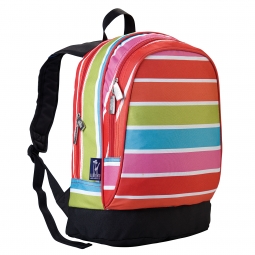
There are two paths to follow: you can find a pack you like and then put into it what you can, or you can figure out what you will carry, and then choose a bag which will hold it. Either path will force you to make compromises. I prefer to compromise on the bag rather than the contents. In the case of a GHB or BOB you should have a good idea how long the trek is likely to take, and this allows a decent guess at what items and how many of each should be included. All size estimates need to be accompanied by weight estimates.
When choosing a bag, size is the first concern, and that is determined by how much stuff you need to put into the bag. Packs often are rated in “liters” which for the metrically challenged can be estimated by dividing them by four to approximate “gallons”. If you have a guess at the size you will need, it is best to choose a pack which is a bit bigger, because you can put nine gallons into a ten-gallon container, but you can’t put eleven gallons into that container. However, the bigger the bag, the more stuff you will be tempted to put into it, and the more it will weigh. Be prepared to lower your size estimate if your weight estimate gets to be too high.
And that brings up the other key concern, the weight. A person in good physical condition and trained up for it, can probably carry a load of 25% of their body weight. People in poor condition will be able to carry less. Keep in mind that pretty much anybody can carry more than they should, briefly. But can they carry it all day, for several days sequentially? Can they hike or climb uphill? Are they able to avoid tripping, or developing foot or ankle injuries? Can they run short distances? Jump over narrow obstacles? As you can see, ideal load weight is a matter of experimentation, and the entire party should work at increasing their capabilities. But at any point in time, there is a practical maximum weight. When you hit that, you have to stop packing things in. If you don’t have enough stuff, you will have to exchange things already in there for things which are lighter (and probably more expensive).
Now that you have an adequate size and not too much weight, consider the comfort. A pack which distributes the weight and rides well will make your trek less of a torture. For a large pack such as a GOOD, INCH and most BOBs, you will want to transfer as much of the weight as possible to your hips. This requires an internal or hybrid frame and a padded waist belt. External frames should be avoided; they tend to get caught on things. and usually are less comfortable. A few BOBs and many GHBs may not be that heavy and can get away with using a smaller, frameless pack.
Frankly, if you can find a pack which meets all these criteria, durability may not be a major concern. The longer the trek and the more rugged the terrain, the more important it becomes. Keep an eye out for the material. Nylon, canvas and leather are durable; plastic and cloth are not as durable. Thick is more durable than thin. But thick and canvas and particularly leather tends to be heavy, and every extra pound the pack weighs is a pound of stuff you can’t carry. Thus generally, a mid-weight nylon is best. You want it to be water proof or highly water resistant or have a water proof cover. If not truly water proof, make sure that any contents which can be affected by getting wet are packed in water proof bags and even if the pack IS waterproof, you want your critical stuff in their own waterproof protection.
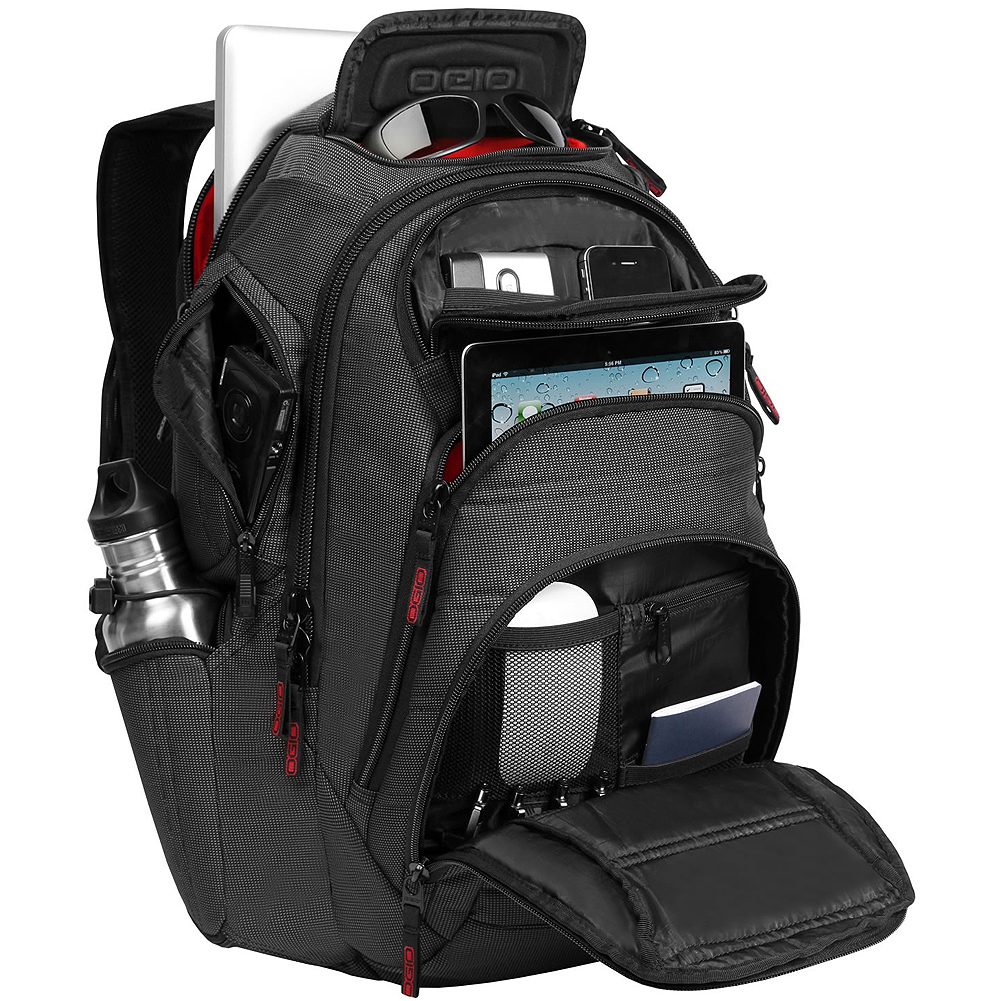
Finally, there is organization. Having everything you need is great, but being able to find it or access it as needed can be important. A bag which has lots of pockets may be handy, but every pocket adds more material and thus more weight. This is a trade-off, and fewer pockets can be somewhat compensated for by intelligent packing. If you need something quickly, you want to get right to it, and if you use something a lot, you don’t want to take everything else out to get to it.
Maintaining Your Bags
As mentioned, your GHB is best kept in your vehicle, so you will always have it with you when not at home. Except what if you are not taking your vehicle? That is a conundrum, and assuming you “have” to go and can’t take your car, you have three options: risk going without it, taking it with you, or taking a subset with you in your pockets or other containers. As for your other bag(s) and modules, you need a storage location which is readily available but not in the way, protected from casual access, where they won’t get mixed in or blocked, and are not subjected to environmental extremes.
Some things you put in your bag(s) will have expiration dates. You need to keep a record with each bag or module stating these dates, and it is a very good idea to put in fresh things before the old ones “expire”. This usually does not mean they become useless or dangerous, so if you happen to be a month or two late, it’s not a big deal. But going years past the date is not wise. Be aware of the storage conditions where you keep each bag (most particularly the trunk of your car) and its effect on the items in the bag.
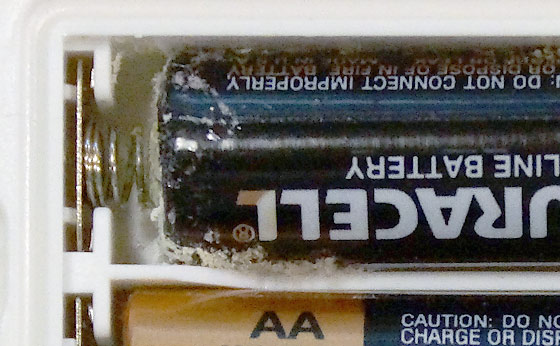
Finally, do NOT take stuff out of your bags for “temporary” use. If you take something out of one of your bags, the odds that you will remember to put it back (and replace anything partially used up) are depressingly low. Which reminds me. I can’t tell you how many fancy flashlights I’ve lost to battery leakage. Keep the batteries out of your emergency gear until the emergency happens or is right around the corner, or use lithium batteries, which so far have not leaked on me.
Follow The Prepper Journal on Facebook!
The post Bags for Survival appeared first on The Prepper Journal.
from The Prepper Journal
Don't forget to visit the store and pick up some gear at The COR Outfitters. How prepared are you for emergencies?
#SurvivalFirestarter #SurvivalBugOutBackpack #PrepperSurvivalPack #SHTFGear #SHTFBag

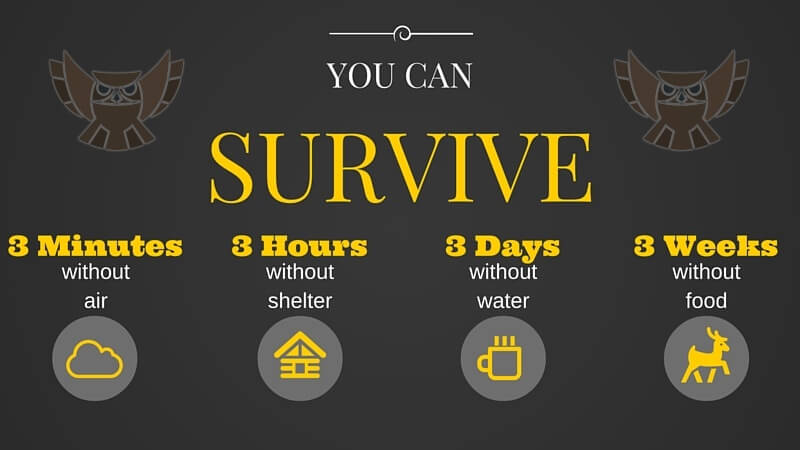
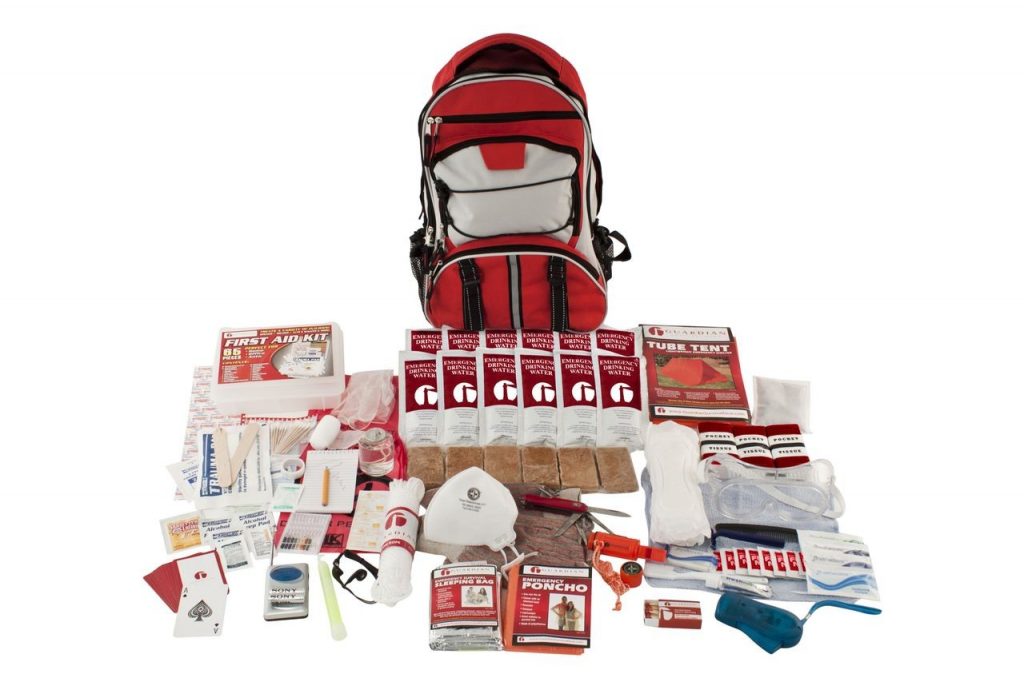
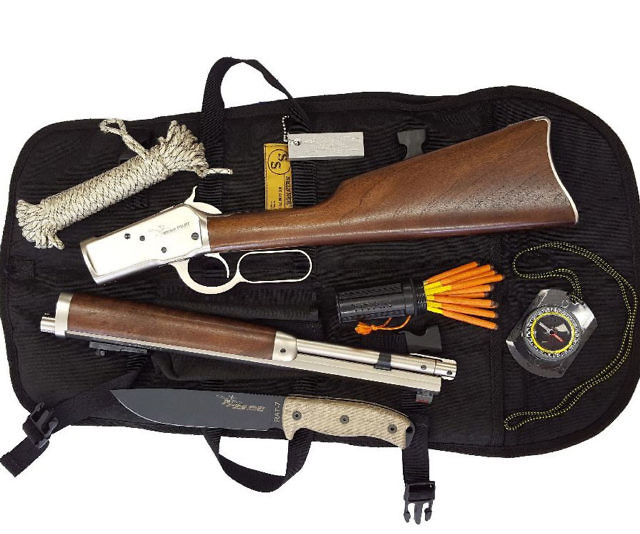
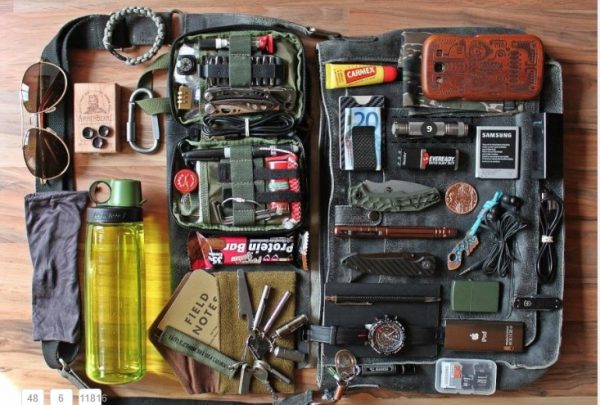
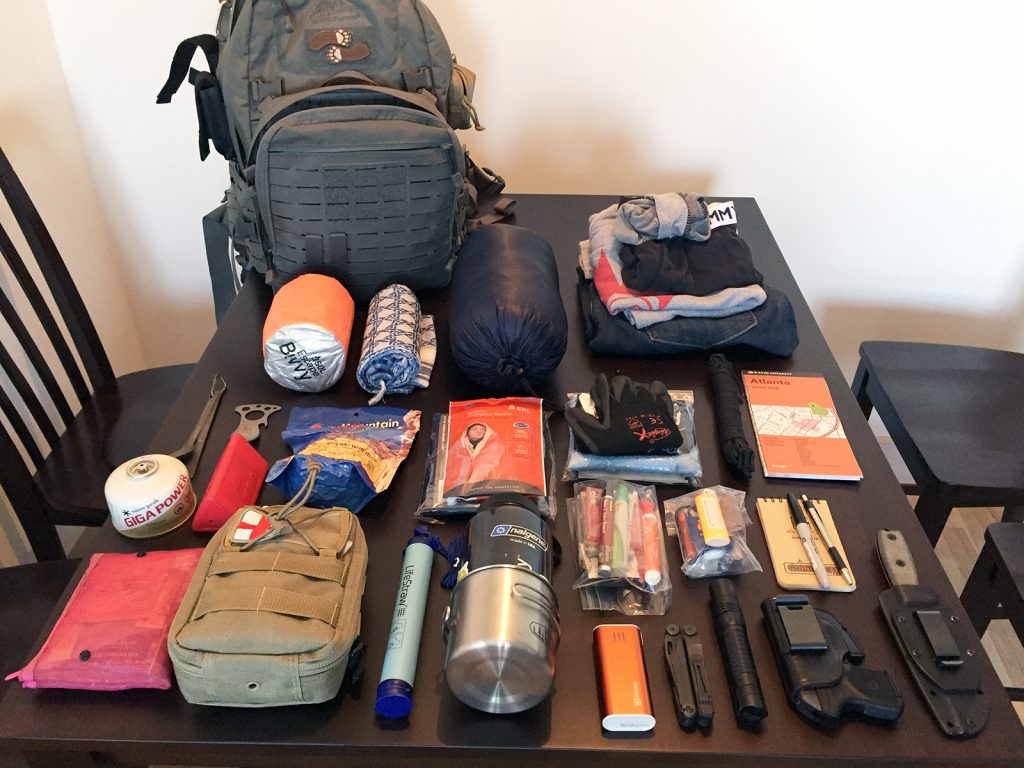
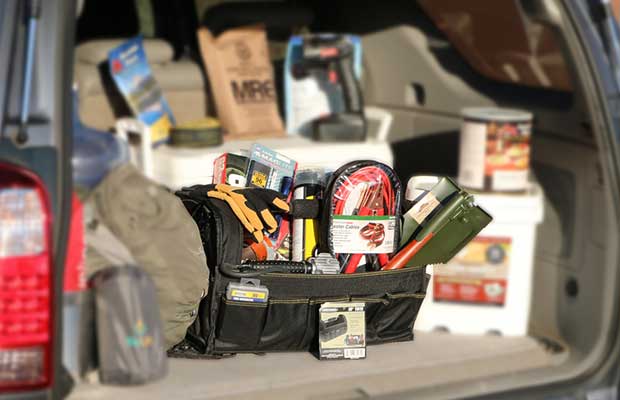
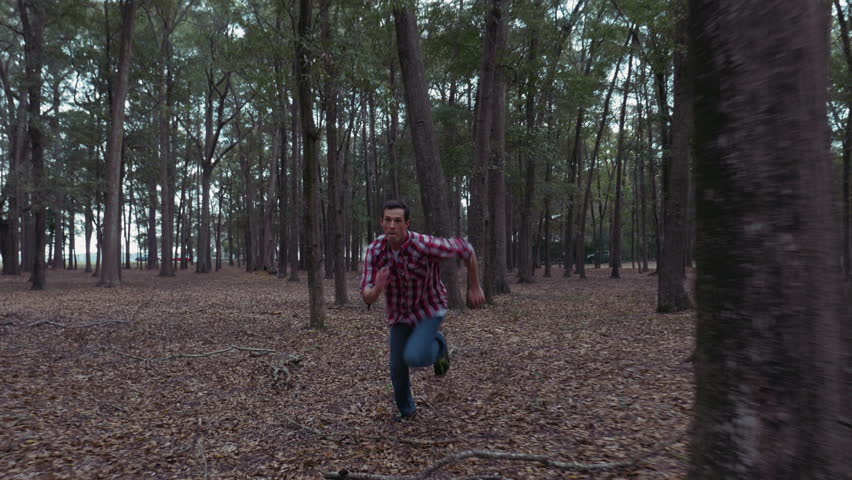
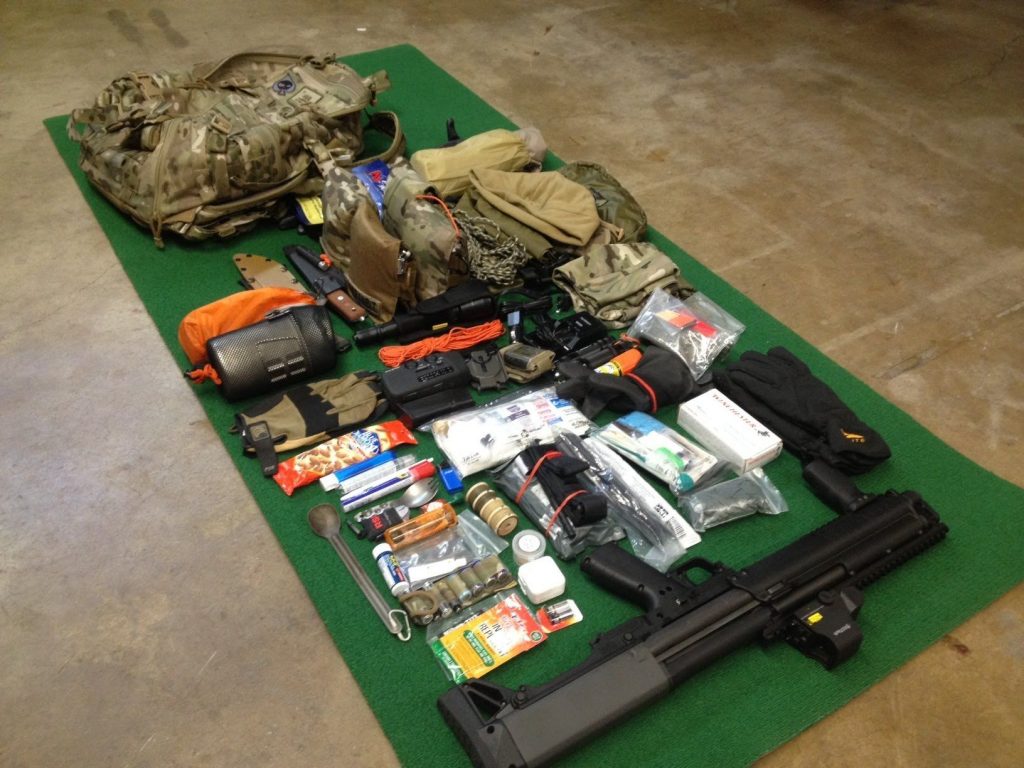
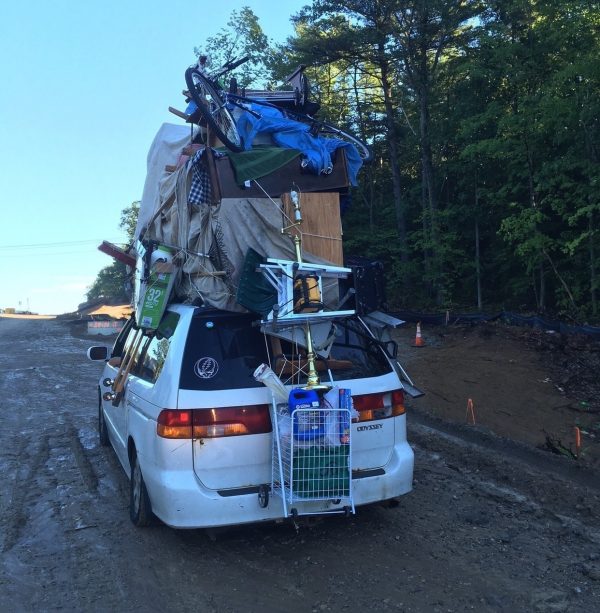
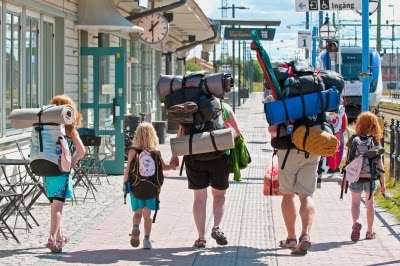
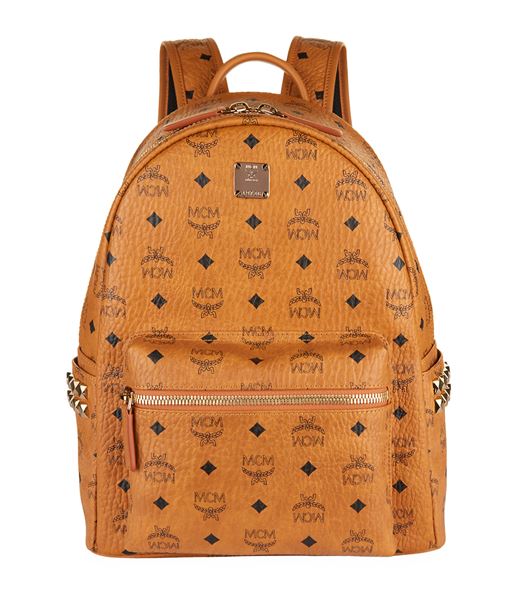
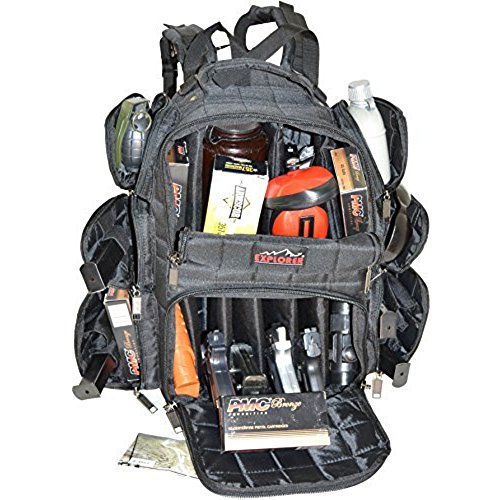


No comments:
Post a Comment